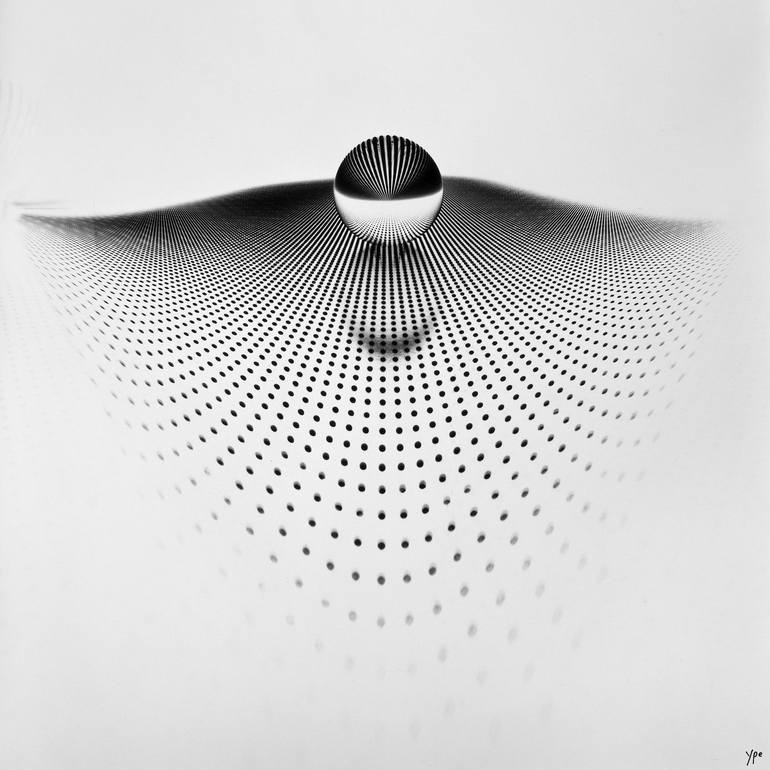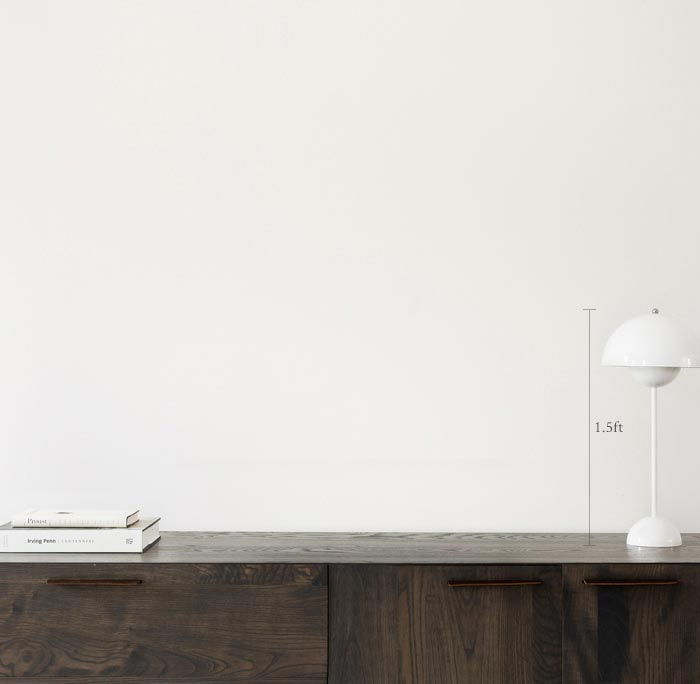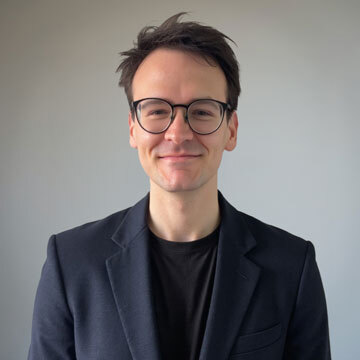


1832 Views
34
View In My Room
Photography, Black & White on Glass
Size: 60 W x 60 H x 0.1 D cm
Ships in a Tube
$1,028USD
Shipping included
Trustpilot Score
1832 Views
34
Artist Recognition

Artist featured in a collection
ABOUT THE ARTWORK
DETAILS AND DIMENSIONS
SHIPPING AND RETURNS
Inspired by the optical phenomen of a crystal glass ball (lens) i made a still life of it on a dotted light-panel. the camera obscura camera was exposed for 5 hours. printed is the negativ, excactly as it was drawn by the light on the photographic film inside the pinhole camera. the wide perspective...
Year Created:
2016
Subject:
Mediums:
Mediums:
Photography, Black & White on Glass
Rarity:
Limited Edition of 10
Size:
60 W x 60 H x 0.1 D cm
Ready to Hang:
Yes
Frame:
Not Framed
Authenticity:
Certificate is Included
Packaging:
Ships Rolled in a Tube
Delivery Cost:
Shipping is included in price.
Delivery Time:
Typically 5-7 business days for domestic shipments, 10-14 business days for international shipments.
Returns:
The purchase of photography and limited edition artworks as shipped by the artist is final sale.
Handling:
Ships rolled in a tube. Artists are responsible for packaging and adhering to Saatchi Art’s packaging guidelines.
Ships From:
Austria.
Need more information?
Need more information?
Ype Limburg
Austria
1959 Netherlands Living and working in Innsbruck, Austria. Camera Obscura Photography and Screenprinting. Artworks in Privat- and Public- Collections International exhibitions Painting with the camera obscura. The objective view of Ype Limburg: "The anti-authorial image" It is difficult to resist the magic of Ype Limburg's work with the camera obscura. The technique, creative process and aesthetic of these photographic works are both simple and subtle. For Ype Limburg, working with the camera obscura is more like the act of painting than photography. The main parallel is to be seen in the creative process, in painting with light so that the motif is gradually revealed on the canvas. Another actor is time, which is decisive for the completion and production of a photograph. The artist sees the act of painting thus initiated as a poetic interplay of the factors light, time and space. It is from this essential play of factors that these works derive their fascination. For many artists, the camera obscura provided access to a constructed image of the visible world. Many of them, and especially the Dutch masters of the 17th century, made deliberate use of the immediate empirical record of the visible world as provided by the camera obscura. This long practised tradition is also predominant in Limburg's work: Depending on the light and exposure, and on the camera and its position, the photographer composes and directs his motifs and pictures. Limburg himself sees his role as that of a watchful helper, supporting a process of being and becoming. (Veronika Berti)
Artist Recognition

Artist featured by Saatchi Art in a collection
Why Saatchi Art?
Thousands of
5-Star Reviews
We deliver world-class customer service to all of our art buyers.
Global Selection of Original Art
Explore an unparalleled artwork selection from around the world.
Satisfaction Guaranteed
Our 14-day satisfaction guarantee allows you to buy with confidence.
Support Emerging Artists
We pay our artists more on every sale than other galleries.
